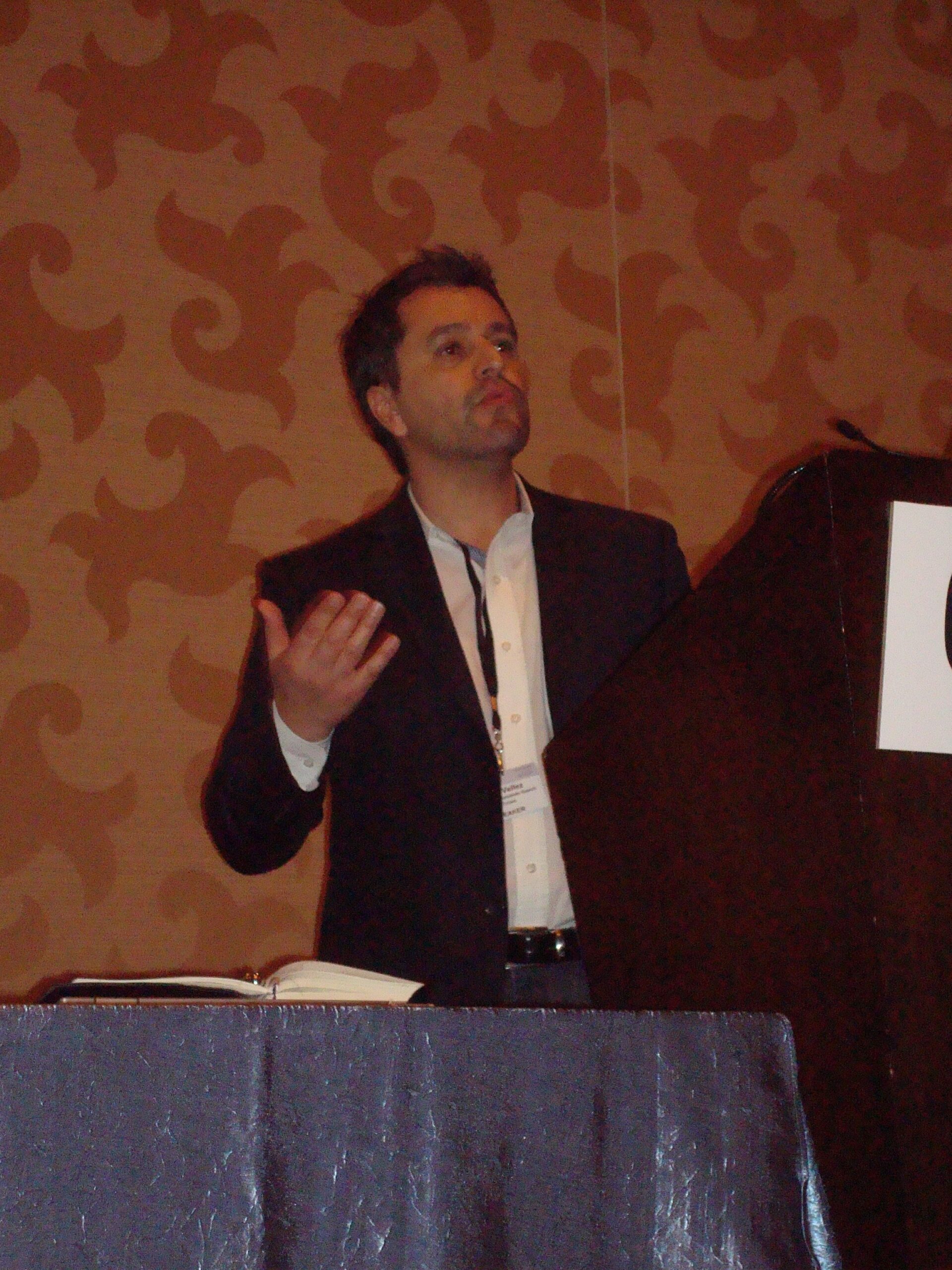
"Google taught us how to search." - Paul Vallez
Paul Vallez admits that when he started at HP less than a year ago he had just come from Ask.com and was pretty cocky about what he knew. Vallez also shares that he wasn’t very open to new ideas and wanted to step into his new position at a big brand and immediately demonstrate value. What was his approach?
- 75% Cocky
- 25% Open to new ideas
In Vallez’s presentation he identified what he called “3 Key Learnings” that he shared with the audience for improving the way that your search strategy is implemented for improved engagement.
Key Learning #1 – Enterprise Search is Ripe for Disruption
According to Vallez, Enterprise Search is constantly going through a cycle and that emerging companies and established companies alike should expect changes, be prepared to take action, and run for the opportunity. The different phases that were identified included:
- Creation: In this phase organizations are experimenting with different platforms and their may be limited use or capability.
- Survival: This phase shows some growth with a small community of partners and vendors.
- Growth: At this point their is a solid value proposition in place as well as vendor consolidation.
- Equilibrium: By this phase the vendor community can be leveraged, benefits and risks are known, and there is a flat growth.
- Decline: The final phase presents an opportunity for other companies to begin working their way onto the Search playing field.
When we reach the “Equilibrium” phase of the cycle what you will typically see happen is the beginning of the decline. At that point there is the opportunity for other organizations to disrupt the cycle and begin rolling out their own Search solutions.
Are you prepared for this disruption?
“By the end of 2012 over 90 percent of information flowing through the internet will be reach media (audio, images, video)” – Cisco
Search today is largely commoditized. Companies will feature a product page that contains images, pricing, and product specs but not much more. What these pages wont show you is what the product is good for or what problems it will help consumers solve. When we talk about content we need to start talking about which content will better engage our customers. At this point the majority of us know that if they can’t find it from you they WILL look elsewhere.
Key Learning #2:Enterprises Need to Facilitate User Research
Facilitation of user research is key. After all the internet is all about information. How it is consumed, shared, and what affect it has on our prospective clients. The question we were urged to ask ourselves was: What is the right information for your customers? Vallez encourages us as marketers to make our information less about the product and more about the customers needs, stressing that customers also need to understand why your product is right for them. A 2010 DMA Study found that 43.7% of buyers admit that they are taking more time to research purchases while 66% of buyers say that vendor content/website influences their purchasing decisions.
Key learning point #3: Deliver the Right Balance of Content and User Experience
It is recommended that we focus on search results that bring up the right TYPE of information for our customers. It should be as easy as possible for customers to find anything related to your products so they know if they are making an informed buying decision. An example of some objectives that you may want to set forth to target your consumers could include:
- De-commodotize the search experience
- Better engage user
- Faciliatate research
- Increase Conversion Rate
What Did We Learn?
- Prepare for a deeper level of engagement beyond text
- Segment your audience and develop customer centric content and experiences
- De-commoditize your search experience
- You should spend at least 75% of your time being open to new ideas
After the presentation I asked Paul Vallez the following question: “With a shifted focus on providing customers with a combination of targeted content and user generated content how do you handle negative feedback while still presenting a real picture of your products?” Vallez shared that obviously no brand wants to see anything negative being said about their products. However, customers can tell when something is too curated or moderated. HP has implemented a response button so that if customers don’t like the results they can send feedback to the company. He has found that you will consistently get a more positive reaction from your customers if you take an open and honest approach.


